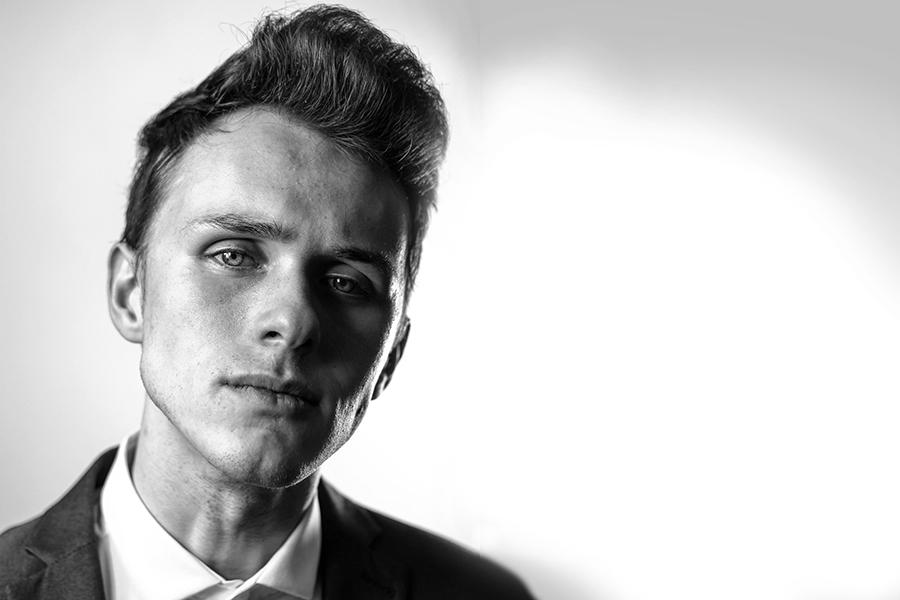My teenage granddaughter and her friend asked me a stunning (but not surprising) question. “With all the craziness that’s going on, how can we possibly survive and move forward together?” Since I was expecting a request to order pizza, I wasn’t readily equipped with grandfatherly advice.
I was astounded by their understanding of what’s happening in the world. Like a flash flood, they overwhelmed me with knowledge of climate-change science, insights into the history of social injustice, and deep frustration about our political divide. They asked if I thought people could, or would, change their behaviors. They were right to ask. They deserve a better response than a pat on the head and my assurance that it’ll all work out.
During our conversation, I saw something essential that we’re NOT discussing with our children – and each other, for that matter. We are changing! We are already working together in droves to create a better future!
Yet, few are talking about this in ways that shift the mainstream conversation. Understandably, we’re so suffocated by today’s monumental challenges that we haven’t breathed in the fresh air of change occurring right under our noses. From all walks of life, significant leadership breakthroughs are happening – with no focus on religion, race, political preference, economic status, or age.
For example, large groups and small pockets of people — from classrooms to board rooms and community groups to collective farms — address issues like hunger, environmental degradation, and social injustice. I told them about the remarkable change brought about in Oakland, CA, ranked as one of our nation’s top ten most dangerous cities for four decades, where community members came together with law enforcement, social service groups, probation departments, and school districts to reduce gun violence and cut homicides in half from 2012 to 2019.* Truly, an inspiring example for the rest of the country.
We discussed the many people and organizations providing needed food to local food shelters. My granddaughter pointed to youth movements, such as anthropologist Jane Goodall’s Roots and Shoots empowering young community leaders, and how her mom’s company, Salesforce.com, is part of the environmental movement to plant a trillion trees. That brought up a host of initiatives run by thousands of companies focused on serving ALL stakeholders. We discussed how the Savory Institute, a network of farmers and ranchers worldwide, is implementing regenerative agriculture methods to eliminate carbon in our atmosphere and turn millions of acres of desert land into fertile, productive soil.
We agreed not to let our adversities blind us to the number of conscious, courageous, and ethically inspired people and organizations applying everything from advanced science (like nanotechnology for regenerative medicine) to indigenous wisdom (like Pachamama Alliance working with the Achuar tribe to save the rainforest).
Then, the girls asked this glaring question. “Is this change big enough and fast enough?”
Since none of us can be sure what the future will bring, it becomes a choice as to how we want to live our lives – like our friend who postponed her long-awaited retirement from nursing to help COVID patients – because she felt the breakdown is big enough. The possibility is compelling enough to act.
Why not celebrate the changes that are happening and introduce more? It’s about momentum. If anything is self-evident this past year, it’s that people are paying attention, our kids in particular. The need to come together is painfully apparent. What we may not see is where people are already doing that. The road to the future is happening.
This is not a half glass full versus half glass half empty conversation offering sorely needed optimism to overtake deeply embedded pessimism. Instead, it’s a practical conversation noting what’s already happening on the ground with stirring examples of change in our organizations and communities.
Our inquiry uncovered a conversation missing in our national discourse — one that contrasts with the elephant in the room—the perspective that no real progress is possible due to our country’s divided state. Instead, it focused on those people who are already building a better world, the thinkers and doers who are coming together and acting, rebuilding and recovering, reimagining and reinventing the future for all of us.
It’s important, maybe even essential, to share this story of change with each other. Especially with our children, especially now.
* From 126 to 68 homicides and 561 non-fatal shootings to 277. See Mike McLively and Brittany Nieto’s “A Case Study in Hope: Lesson from Oakland’s Remarkable Reduction in Gun Violence” (April 2019: Gifford’s Law Center, Faith in Action, and BBGVPC), p. 5. Accessed September 11, 2020.




































